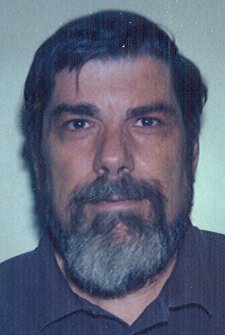Michael Hannan, born in Brooklyn, New York, USA, in 1943. Ph.D. from the University of North Carolina, Chapel Hill. StrataCom Professor of Management and Professor of Sociology at Stanford University.
Fellow (1 september 2000 – 30 june 2001)
My major project, with László Pólos and Glenn Carroll, involves formalising and integrating theories from organisational ecology. We experimented with a large variety of formal languages and syntaxes before finding those that seemed promising for our project. We successfully formalised the two parts of the theory of structural inertia and proved their key theorems. We have also been able to extend the explanatory power of the theory by developing implications that had been glimpsed dimly in prior treatments but never developed or had not been foreseen. Our model of structure concerns formal architectures and cultural codes. It allows us to specify the significance of changes in architecture and the normal length of reorganisation. The key idea is that reorganisation imposes opportunity costs on organisations because it diverts attention from work. Change is often problematic because the agents cannot foresee cascades of implied changes and thus underestimate the length of reorganisation periods. We built two models of restricted foresight. The first is a simple story of limits on the calculative capability of the agents. The second is a model of ‘opacity’ that reflects the development of ‘information islands’. We use the models of restricted foresight in the evolutionary part of the inertia theory. The key theorems hold that inertia is favoured by selection and that the selective advantage of inertia is greatest among organisations characterised by high complexity and high opacity. In other words, there is a tendency for the organisational world to be partitioned into a set of simple, transparent, less inert organisations and another of complex, opaque and inert ones.
